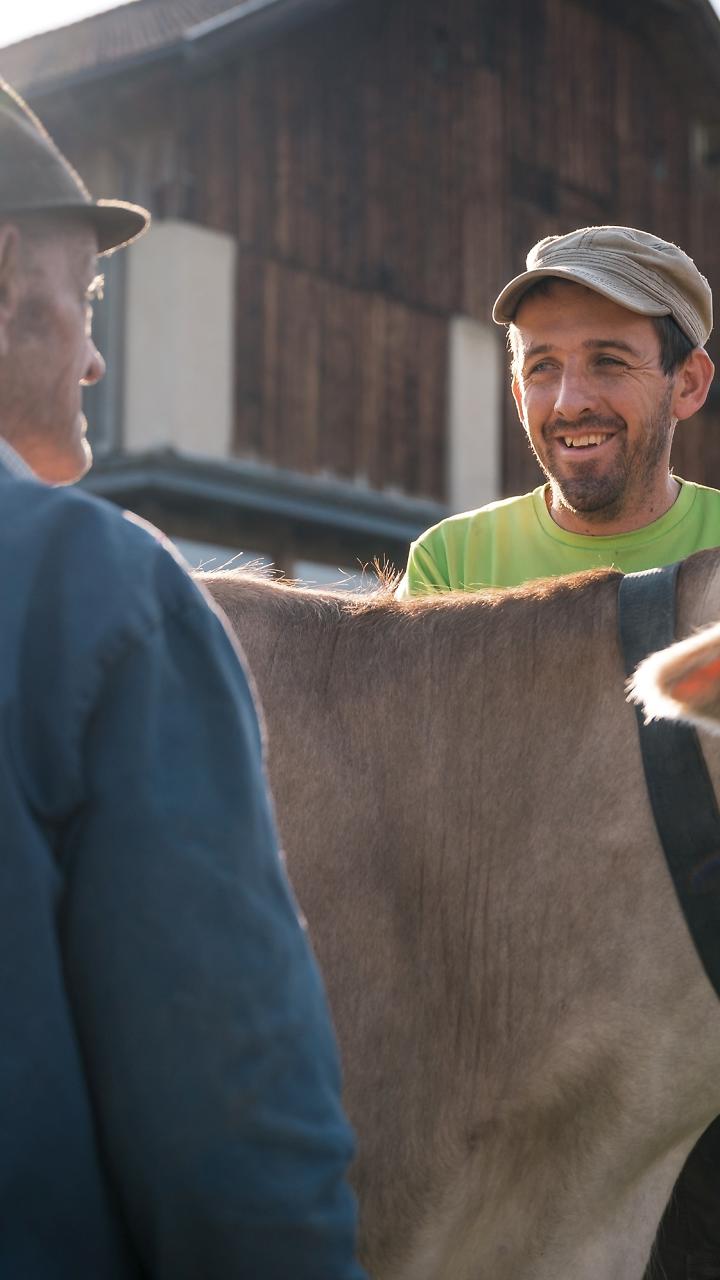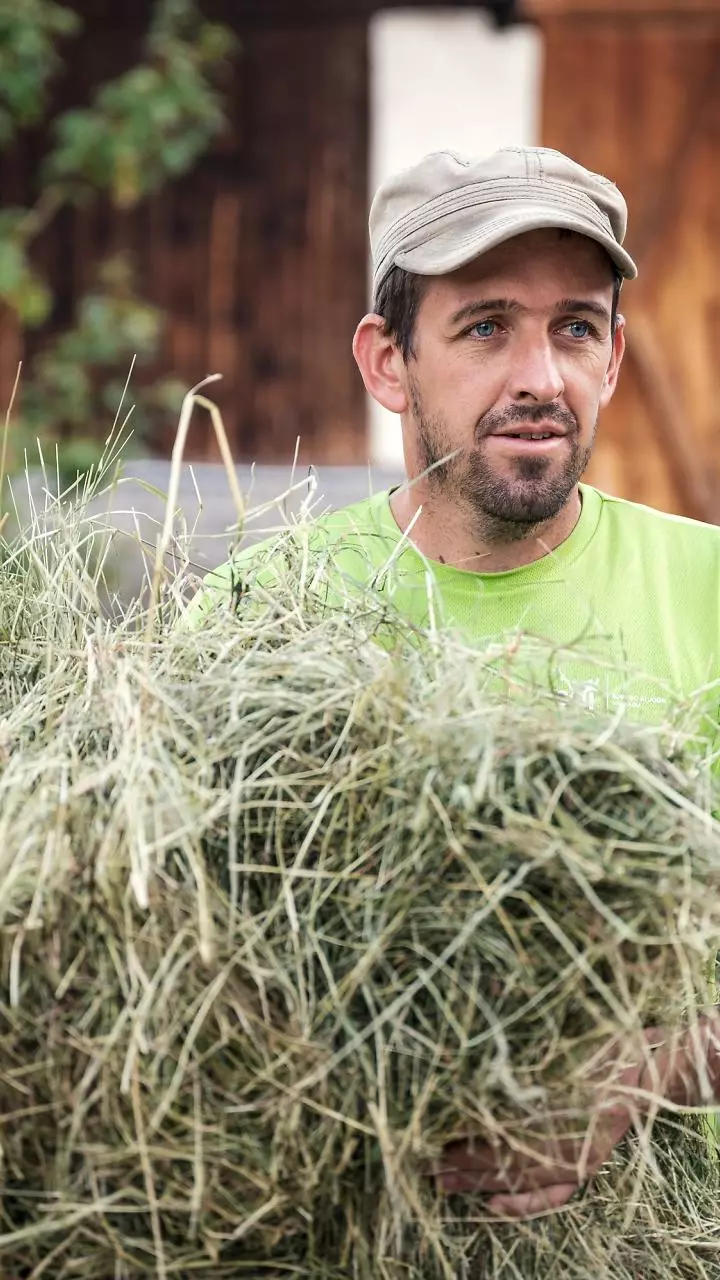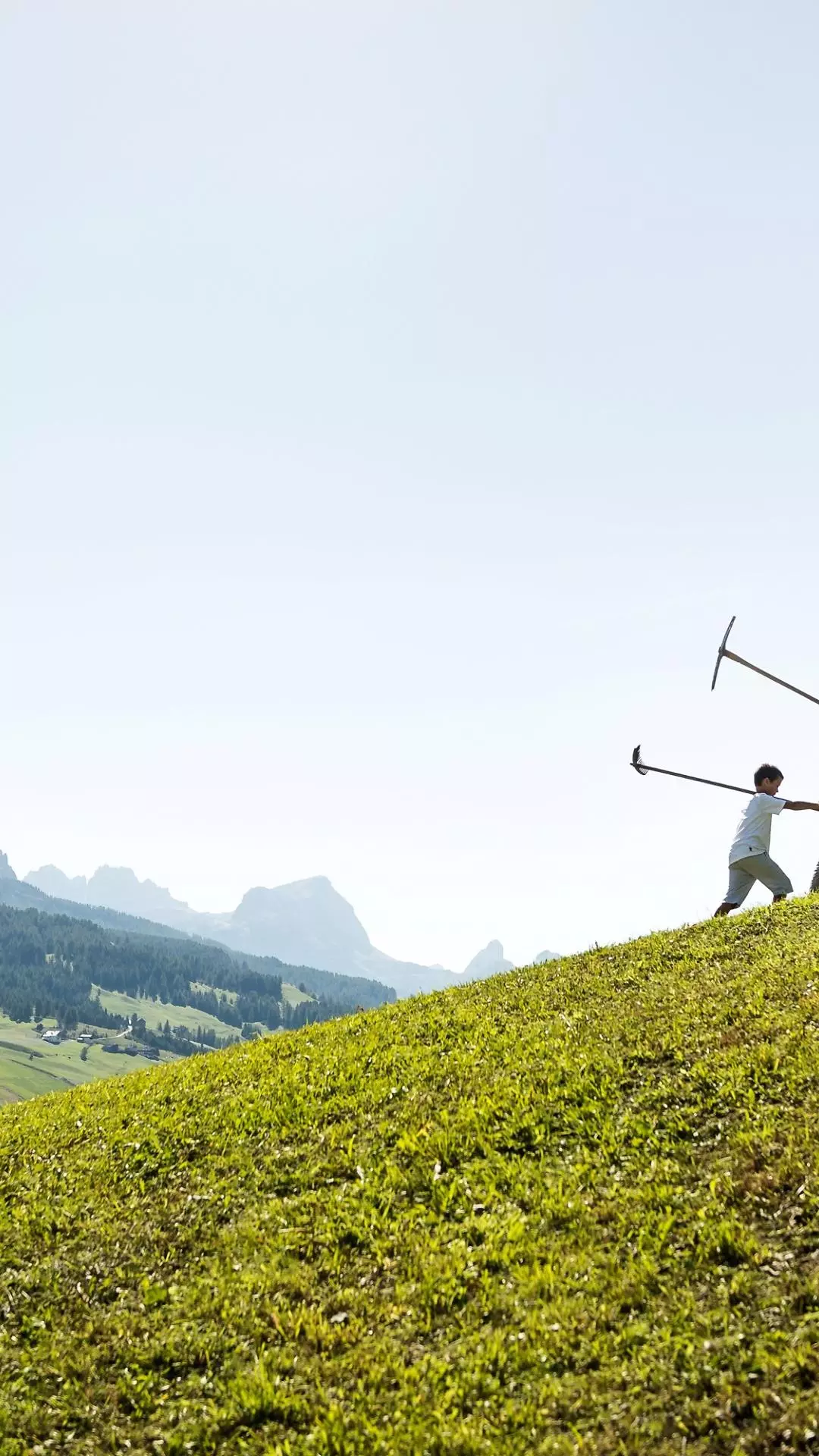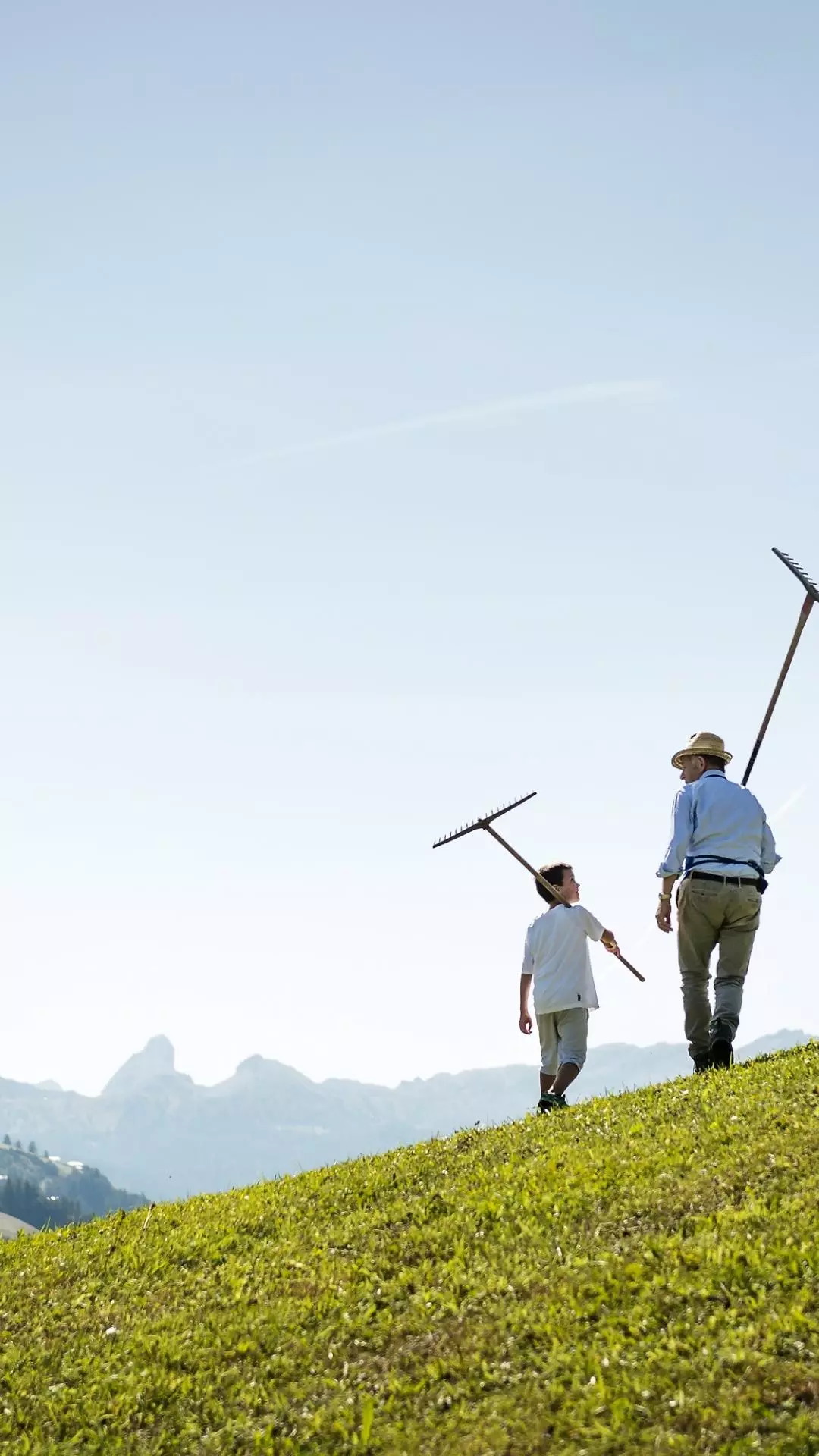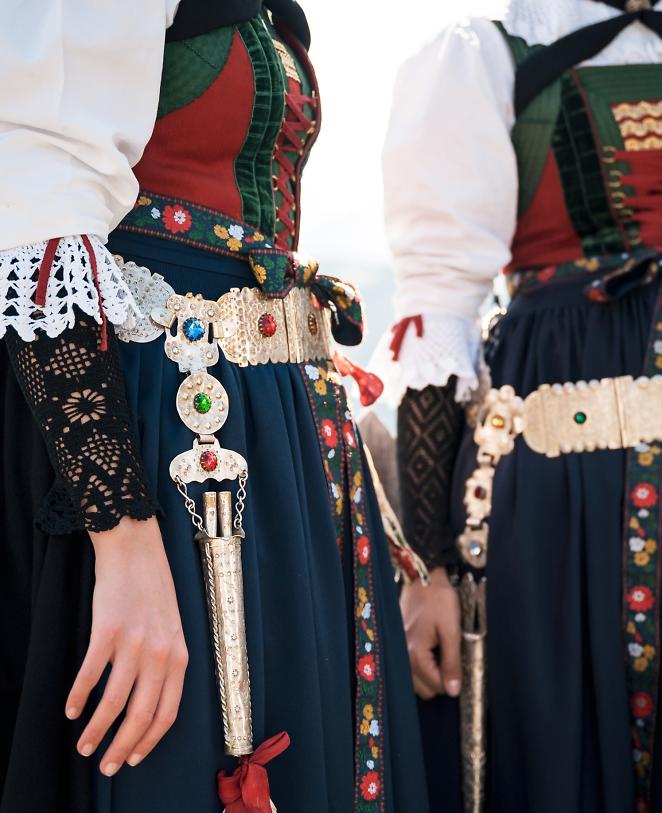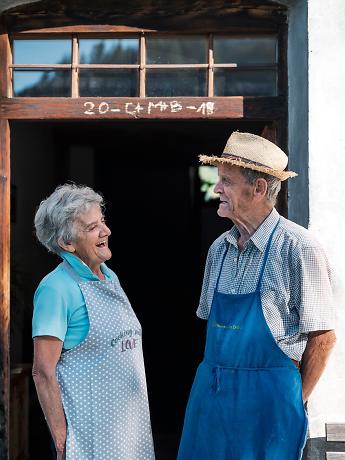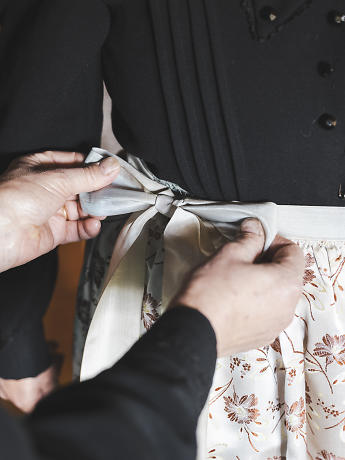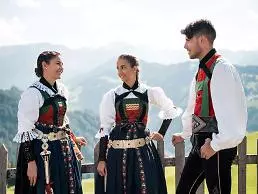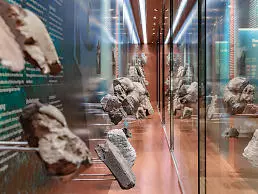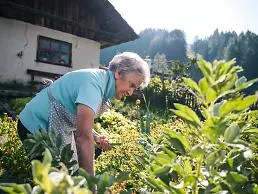- Home
- Ladin
- Ladin culture
- Rural life
The work of men and women, the fruits of the land
An evolving rural world right beneath the Dolomites
Once, cattle breeding and agriculture were the only resources of the valley's inhabitants. Notwithstanding the unpropitious climatic conditions, peasants used to grow cereals such as barley, rye, wheat as well as potatoes, broad beans, turnips and buckwheat. Facilitated by the many meadows on the valley floor and alpine pastures, stockbreeding was more lucrative - in addition to timber trade, which was of a certain economic importance. Since tourism has been making its mark on the valley in recent years, there has been a shift in agricultural activity. Only a few farmers are still working the countryside full-time and even the landscape has assumed different forms.
Alta Badia, the young farmers of today and the “patrones” of the farmsteads
Making hay, maintaining alpine pastures and living life according to the rhythm of the seasons: several young farmers have decided to rejoin rural life, for there can be no sustainable future without knowledge of the traditional crafts. Likewise for the peasant cuisine, which is both poor and rich. So welcome the “patrones”, women of all ages who gather at festivals and feasts to share with everyone how good things of the past can still be enjoyed today.
Making hay, an ancient art in Alta Badia
Sié y restelé, making hay: July marks the month in which hay is mown and stocked in Alta Badia. Whereas nowadays the work is carried out by mechanical means, it used to be very hard in the old days. In fact, the day once started at the crack of dawn and lasted until after sunset. At noon, people would feast on the meadows, warming the food in the “cialdira”, a frying pan with a tripod, and eating it while sitting all together in a circle.
Future is a matter of balance
Today, more than ever, tourism and agriculture are striving to coexist with ingenuity and foresight. After all, it is out of this balance that sustainable development can arise, so as not to alter the fragile equilibria of mother nature, preserve the Alpine landscape and ensure the future of upcoming generations in the valley.



































